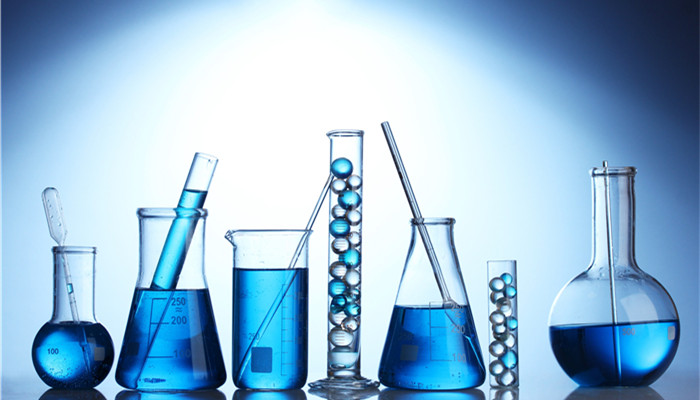
my country’s DOP production capacity gradually declines and export volume increases
Dioctyl phthalate (DOP) is produced by esterification reaction using octanol and phthalic anhydride as raw materials. As an organic ester compound, DOP appears as a transparent, impurity-free oily liquid and is often used as a plasticizer. After years of development, there are many types of DOP. According to different uses, it can be divided into electrical grade DOP, food grade DOP, general grade DOP, medical grade DOP, etc.
At present, my country’s DOP industry chain has basically taken shape. The upstream of the industrial chain is mainly raw materials such as phthalic anhydride, octanol and related catalysts; the midstream is mainly the DOP production industry, which is responsible for the production and manufacturing of different types of DOP; the downstream is mainly the application field, and DOP is mostly used to produce polyvinyl chloride resin, ABS resin, Chemical fiber resin, acetate resin, etc. are widely used in electrical, paint, plastic, dye, food, medical, chemical and other fields. Among them, plastics have become the largest application field of DOP.
According to the “China Dioctyl Phthalate Industry Development Trend and Development Prospects Forecast Report 2023-2027” released by the Industrial Research Center Shows that DOP, as a very important general-purpose plasticizer, has a wide range of applications and has a huge consumer market. Since DOP produces waste gas, waste water and other pollutants during the production process, it is easy to cause certain adverse effects on the ecological environment. As my country’s environmental protection requirements become increasingly strict, the market demand for DOP gradually declines. Coupled with the gradual advancement of my country’s production technology and the gradual emergence of new environmentally friendly alternatives, the market demand for DOP has further declined. Against this background, the operating rate of my country’s DOP enterprises has gradually declined, and production capacity has been affected to a certain extent. In 2022, my country’s DOP production capacity will drop to 2.9027 million tons.
From an import perspective, due to the gradual decline in my country’s DOP market demand, import volume has also been affected to a certain extent. According to data released by the General Administration of Customs, in 2022, my country’s DOP import volume was 5,400 tons, a year-on-year decrease of 85.82%; the import value was 0.62 million yuan, a year-on-year decrease of 85.60%.
At present, my country has become one of the largest DOP exporters in the world, and export volume is gradually growing. According to data released by the General Administration of Customs, in 2022, my country’s DOP export volume will be 55,100 tons, a year-on-year increase of 67.13%; the export value will be 561 million yuan, a year-on-year increase of 52.56%.
From the perspective of export distribution, my country’s DOP export destination countries mainly include Indonesia, Egypt, Vietnam, North Korea, Malaysia, Australia, etc. Among them, Vietnam has become my country’s largest exporter of DOP, accounting for 14.17% of export volume; followed by Egypt, accounting for 11.42% of export volume; Indonesia ranks third, accounting for 9.84% of export volume.
Industry analysts said that the larger DOP production companies mainly include Aijing Chemical, Rongtai Chemical, Dow, and Jianye Chemical , Riken, Haierma, Runtai New Materials, Yuanli Chemical, Liancheng Chemical, Hongxin Chemical, Lanfan Chemical, Jiaao Environmental Protection, Xiangfeng New Materials, etc. As China’s production capacity structure gradually integrates, some small-scale DOP companies with backward production technology are gradually eliminated, and the DOP market concentration is expected to increase in the future.

 微信扫一扫打赏
微信扫一扫打赏

